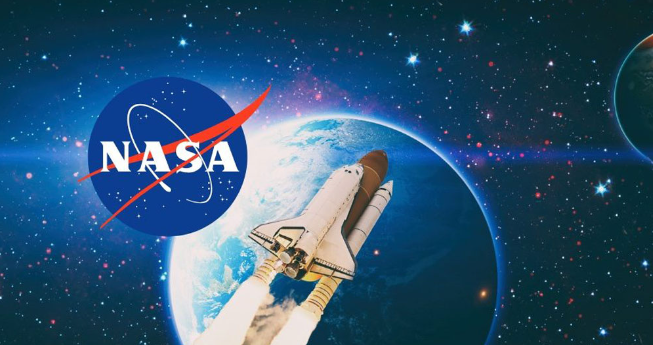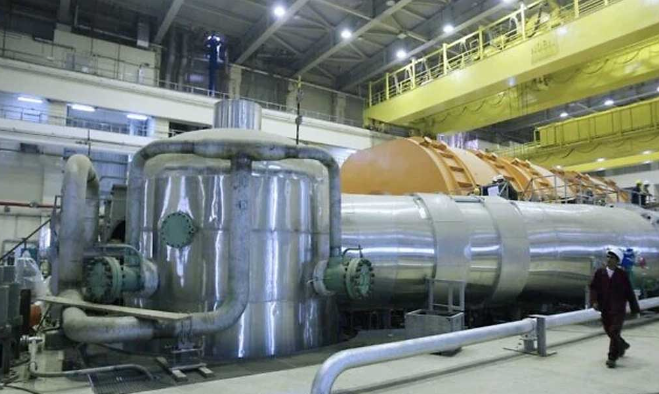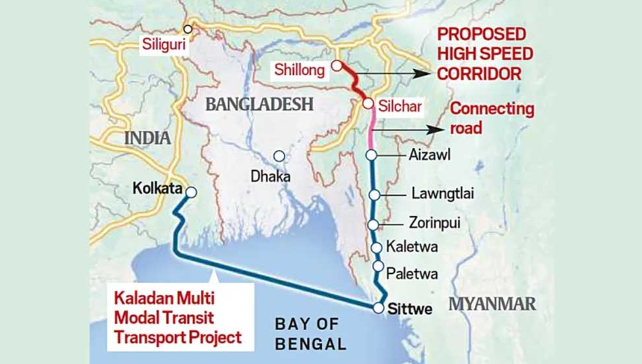DeskReport
Japan has pledged to stand by NASA despite new uncertainties over the US Artemis program, a mission to return to the moon. Japan will respond positively if the US considers a lower-cost alternative plan, the head of the country’s space agency, JAXA, Hiroshi Yamakawa, said at a briefing on Friday.
US President Donald Trump recently proposed cutting $6 billion from NASA’s budget in his 2026 budget proposal, putting the future of the Artemis program in doubt. The goal of the program is to send humans to the moon for the first time since 1972.
Several countries, including Japan, the European Space Agency (ESA) and Canada, are involved in the mission, which was part of an agreement signed between Japan and the United States last year to send two Japanese astronauts and a Toyota-built rover to the moon.
The mission aims to send humans to the moon for the first time since 1972. Photo: Collected
The mission aims to send humans to the moon for the first time since 1972. Photo: Collected
Despite new uncertainties surrounding the US’s Artemis program to return to the moon, Japan has pledged to stand by NASA. Hiroshi Yamakawa, head of the country’s space agency JAXA, said at a briefing on Friday that Japan would respond positively if the US considers a lower-cost alternative plan.
ADVERTISEMENT
Aritifical Inteligence usesAritifical Inteligence uses
Recently, US President Donald Trump proposed cutting $6 billion from NASA’s budget in his 2026 budget proposal, which has made the future of the Artemis program uncertain. The goal of the program is to send humans to the moon for the first time since 1972.
Several countries, including Japan, the European Space Agency (ESA) and Canada, are involved in the mission. As part of this, an agreement was signed between Japan and the United States last year to send two Japanese astronauts and a Toyota-built rover to the moon.
However, the new budget proposal suggests that NASA may cancel its Gateway project. Gateway was an international space station in lunar orbit, which was originally planned to be deployed as part of the Artemis 4 mission. NASA has announced plans to use the parts already built for other missions and said that “international partners will be invited to participate in new efforts.”
A human-habitable module for the Gateway station was jointly developed by Japan and ESA, which was planned to use Japan’s HTIV-X cargo vehicle for logistics.
ESA Director General Joseph Ashbacher said in a statement that there were still questions about the full impact of the budget cuts. The European agency is continuing discussions with the United States in this regard.
In this context, JAXA chief Yamakawa said, “Even if the name of Gateway changes, such infrastructure is needed to conduct activities on the moon. Japan will provide it.”
He added that Japan can contribute in various ways, including lunar water data, high-precision landing technology, rovers and supply vehicles.
Analysts believe that the rivalry between the United States and China in space is becoming increasingly intense. Both countries are looking for partner countries and relying on private companies. “It is difficult for the United States to imagine abandoning such international cooperation. It is their major strategic asset against China,” said Kota Umeda, a researcher at the Institute of Geoeconomics in Tokyo.
He added, “Even if the Artemis program is small in size, the United States will probably find a way in coordination with Japan and Europe so that everyone can maintain respect.”
Russia and China recently signed an agreement to jointly build a nuclear power plant on the moon. This power plant will be used to power their planned ‘International Lunar Research Station’ or ILRS. A memorandum of understanding was recently signed between the two countries, which states that the power plant will be completed by 2036.




